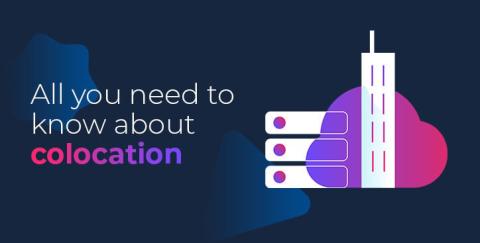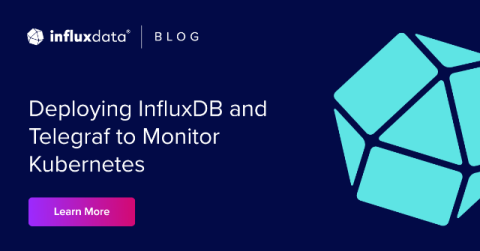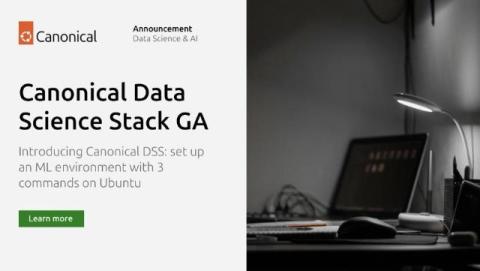It's time to stop neglecting the elephant in the room: Performance Matters!
Ralph Marsten once said, “Don't lower your expectations to meet your performance. Raise your level of performance to meet your expectations.” Many organizations today seem to follow the opposite. If everything looks green on a dashboard, they assume all is well. But is it?











